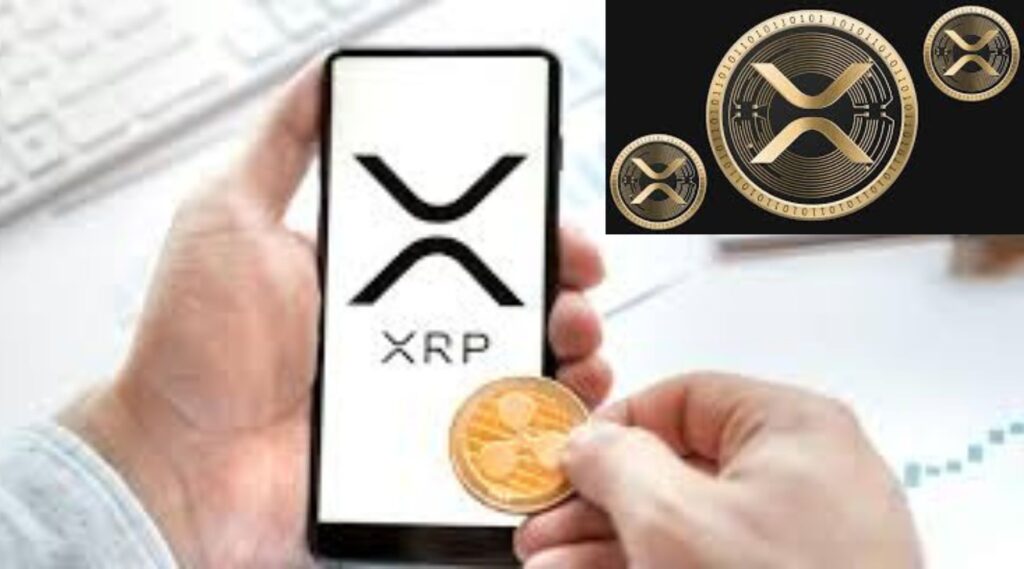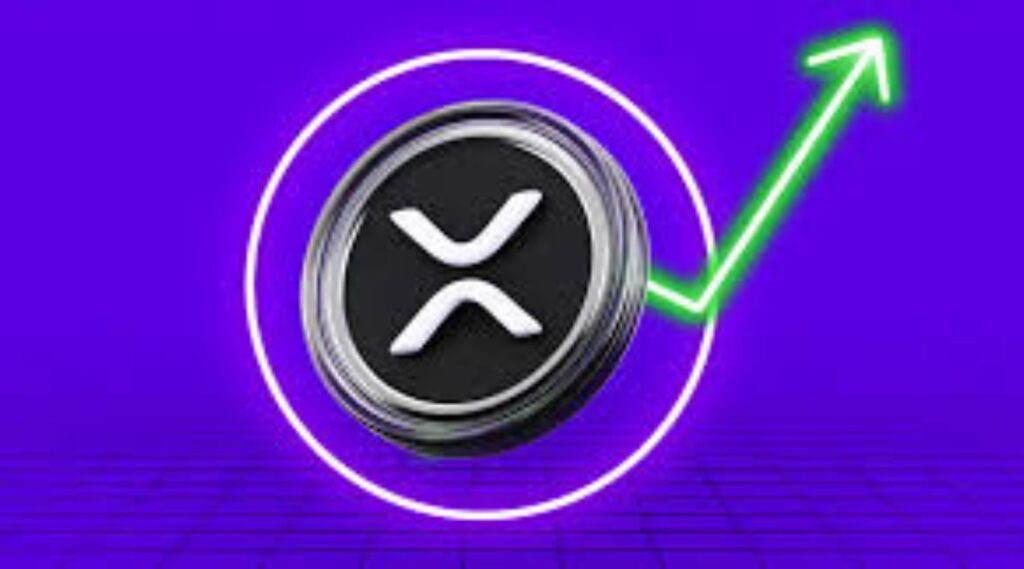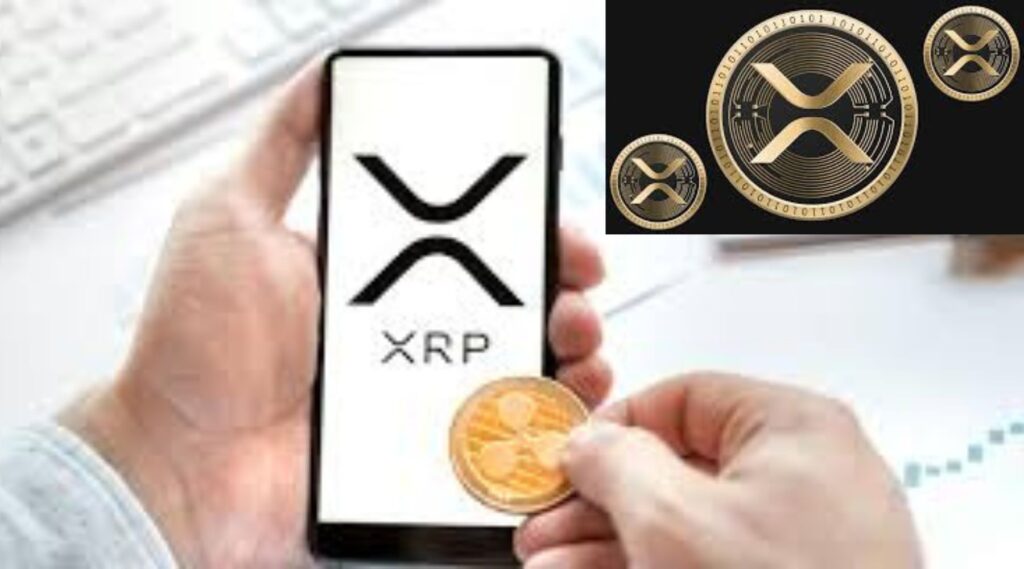
According to recent analysis by cryptocurrency specialist Edoardo Farina, an investor can rank in the top 10% of XRP wallet holders with just 2,505 XRP tokens. With only roughly 619,661 addresses holding 2,505 or more coins out of an estimated 6.19 million XRP wallets, this data is quite startling. As a result, the vast majority of XRP aficionados own less than 2,500 tokens.
Key Points: XRP wealth distribution

• Top 10% Threshold: One must possess at least 2,505 XRP in order to be among the top 10% of XRP holders. At the current price of $2.62 per token, this amounts to an investment of around $6,503.
• Growth in Holders: There are now 619,661 wallets that meet this requirement, up from 523,615 in August 2024, indicating that demand in XRP is expanding.
• Higher Tiers: 9,122 XRP is needed to place in the top 5% of XRP holders, while a substantial 53,212 XRP is needed to get in the top 1%.
• Investment Plan: Farina suggests a dollar-cost averaging plan for investors hoping to amass at least 10,000 XRP because he thinks it sets them up for higher returns in the future as institutional interest in XRP increases.

Future Outlook: XRP wealth distribution
According to Farina’s study, even smaller holders may benefit greatly if XRP becomes more scarce, especially given the expected institutional demand. He highlights that if the price hits higher goals, like $10 to $100 per token, people who own 10,000 XRP might be able to cash out sooner.
This data emphasizes how early XRP investors may be able to gain a competitive edge in the cryptocurrency industry.

How does this compare to other cryptocurrencies’ wealth distribution?
The wealth distribution in cryptocurrencies can vary significantly from one asset to another. Here’s a comparison of XRP’s distribution with a few other major cryptocurrencies:
1. Bitcoin (BTC) XRP wealth distribution
• Top Holders: Approximately 85% of all Bitcoin addresses are held by the top 10% of addresses.
• The minimum to rank in the top 10%: To rank in the top 10% of holders, one needs about 0.1 BTC.
• Distribution: A significant amount of Bitcoin is held by a small number of addresses, resulting in a highly skewed distribution.

2. Ethereum (ETH) XRP wealth distribution
• Top Holders: The top 10% of addresses own over 70% of Ethereum, much like they do with Bitcoin.
• Minimum to be in the Top 10%: To rank in the top 10%, you need about 10 ETH.
• Dispersion: Although Ethereum’s dispersion is not as concentrated as Bitcoin’s, it is nevertheless noteworthy.

3. Cardano (ADA) XRP wealth distribution
## Top Holders: Approximately 80% of the supply is held by the top 10% of Cardano addresses.
• A minimum of 7,000 ADA is required to place in the top 10%.
• Distribution: In contrast to Bitcoin and Ethereum, Cardano’s wealth distribution is somewhat concentrated.

4. Ripple (XRP) XRP wealth distribution
• Top Holders: As mentioned, all it takes to rank in the top 10% of holders is 2,505 XRP.
• The minimum required to rank in the top 10% is significantly lower than that of Bitcoin and Ethereum, suggesting a more approachable entry point.
• Distribution: The distribution of XRP suggests a more decentralized distribution among smaller investors, as there are more holders with lower quantities.

Summary of XRP wealth distribution
• Accessibility: Unlike Bitcoin and Ethereum, where larger sums are required, XRP enables more investors to be regarded as “wealthy” holders.
• Concentration: While XRP has a higher percentage of holders with fewer token holdings, Bitcoin and Ethereum have more concentrated wealth among top holders.
• Investment Potential: New investors seeking entrance points into the cryptocurrency market may be drawn to XRP due to its lower threshold.
This study draws attention to the disparate wealth distribution dynamics among various cryptocurrencies, which might have an impact on market behavior and investing strategies.
How does XRP’s distribution compare to other altcoins?
XRP wealth distribution: When comparing XRP’s wealth distribution to other altcoins, several key differences and similarities emerge. Here’s an overview of how XRP stands in relation to various altcoins:
1. Litecoin (LTC) XRP wealth distribution
- Top Holders: The top 10% of Bitcoin addresses hold about 80% of the total supply.
- Minimum to be in the Top 10%: Approximately 50 LTC is required to be in the Top 10%.
- Comparison: Litecoin has a more concentrated distribution similar to Bitcoin and Ethereum, making it less accessible for small investors compared to XRP.
2. Chainlink (LINK)
- Top Holders: Around 75% of Chainlink is held by the top 10% of addresses.
- Minimum to be in the Top 10%: About 200 links are needed.
- Comparison: Chainlink shows a concentration of wealth similar to more established cryptocurrencies, contrasting with XRP’s lower threshold.
3. Polkadot (DOT)
- Top Holders: The top 10% of Polkadot addresses hold roughly 70% of the supply.
- Minimum to be in the Top 10%: Approximately 50 DOT is needed.
- Comparison: Polkadot’s distribution is somewhat concentrated, indicating fewer holders in the top tiers compared to XRP.
4. Cardano (ADA)
- Top Holders: The top 10% of Cardano addresses hold about 80% of the supply.
- Minimum to be in the Top 10%: Roughly 7,000 ADA is required.
- Comparison: Like XRP, Cardano has a significant number of holders with smaller amounts, but the entry requirement is higher.
5. Dogecoin (DOGE)
- Top Holders: The top 10% of Dogecoin addresses hold around 70% of the total supply.
- Minimum to be in the Top 10%: Approximately 1,000 DOGE is needed.
- Comparison: Dogecoin has a relatively accessible entry point, though not as low as XRP.
Summary of Comparisons
- Accessibility: XRP’s requirement of only 2,505 tokens to be in the top 10% makes it one of the most accessible altcoins for smaller investors.
- Wealth Concentration: Many altcoins exhibit a more concentrated wealth distribution, with a smaller number of addresses holding a significant portion of the supply.
- Investor Base: XRP’s lower threshold allows for a broader range of investors to consider themselves part of the wealthier segment, potentially fostering a more diverse community.
Overall, XRP’s distribution model stands out among altcoins for its accessibility, appealing to a wider array of investors compared to more concentrated alternatives.
Could XRP’s distribution model be replicated by other projects?
Yes, other cryptocurrency projects might be able to adopt XRP’s distribution scheme, but a number of things would affect how desirable and successful it is. Here are a few things to think about:
1. Tokenomics Design
- Lower Minimum Holdings: projects could set a lower threshold for wealth distribution, similar to XRP’s 2,505 tokens for the top 10%. This could encourage more investors to participate.
- Circulating Supply: A larger total supply with distributed allocations can help make entry points more accessible for smaller investors.
2. Community Engagement of XRP wealth distribution
- Incentives for Holding: Projects could create incentives for holding smaller amounts, such as rewards, staking opportunities, or governance participation, fostering a wider community base.
- Education and Awareness: Initiatives to educate potential investors about the benefits of holding smaller amounts could also promote wider participation.
3. Market Dynamics, XRP wealth distribution
- Demand and Supply Balance: The market’s supply-demand dynamics will influence how effectively a project can replicate XRP’s model. If demand increases significantly, even a lower threshold may result in concentration.
- Volatility Management: Projects would need to consider how to manage price volatility to prevent large holders from dominating the market.
4. Regulatory Considerations, XRP wealth distribution
- Compliance and Regulation: Projects must navigate regulatory frameworks to ensure that their distribution models are compliant, which could impact how they structure token distributions.
5. Use Case and Utility (XRP wealth distribution)
- Real-World Utility: Establishing a clear use case for the token can encourage broader adoption and holding among smaller investors, similar to XRP’s focus on facilitating cross-border payments.
6. Community Governance (XRP wealth distribution)
- Decentralized Governance: Implementing a governance model that allows smaller holders to have a voice can enhance community trust and engagement, making the model more attractive.
Conclusion
Although XRP’s distribution strategy works well for building a large base of holders, it would take careful preparation and consideration of the particular circumstances of the project to replicate it successfully. Other initiatives might use similar tactics to cultivate a varied and active investor base by emphasizing accessibility, community involvement, and genuine benefit.